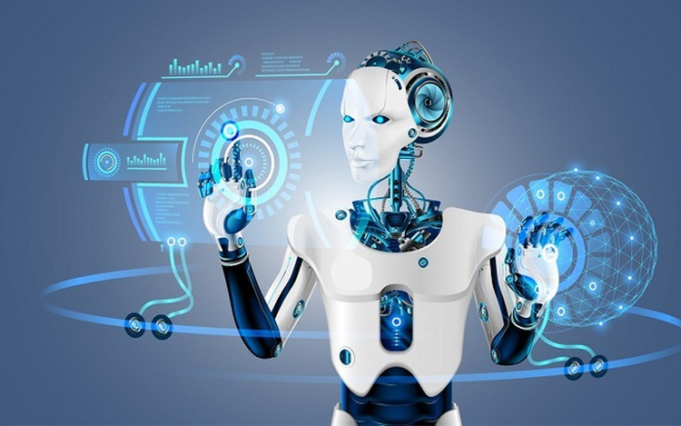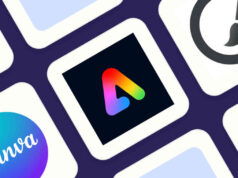Artificial Intelligence (AI) is often seen through big headlines – ChatGPT breaking records, Midjourney creating art, or Google unveiling its latest Gemini model. But beyond the flashy names, there’s a parallel ecosystem that most people never notice – an AI economy quietly running behind the scenes.
These are not the billion-dollar corporations making global news. They’re the thousands of small-scale AI tools, APIs, and automation systems that quietly power businesses, websites, and even the apps you use every day. And collectively, they are transforming how the internet functions.
To understand this invisible network, we need to dive deeper into what fuels it – data, models, creativity, and collaboration, and how directories are helping people navigate this fast-growing AI landscape, just like this one https://aimarketcap.io.
The Unseen Backbone of Digital Life
Imagine opening an ecommerce website. Within seconds, AI tools personalize your homepage, predict what you might like, optimize prices, and even generate real-time product descriptions.
None of this is done by a single system. Dozens of niche AI tools – from recommendation engines and A/B testing bots to visual content generators – work together behind the scenes. Each one serves a hyper-specific function, and businesses integrate them like Lego blocks.
This modular ecosystem has turned AI into a service – accessible, flexible, and affordable. Instead of hiring a massive data science team, a small startup can simply subscribe to tools for copywriting, customer support automation, or predictive analytics.
The result? A quiet revolution. Thousands of small AI creators are fueling the new internet economy, where every tool – no matter how small – adds value to the digital supply chain.
Why You’ve Never Heard of Most AI Tools
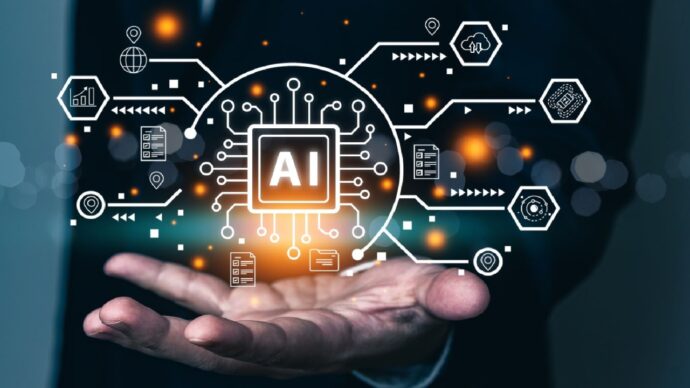
When we talk about AI, the conversation usually revolves around the “giants.” But the truth is, for every OpenAI or Anthropic, there are thousands of independent developers, micro-startups, and research labs creating specialized AI tools for niche problems.
Some automate document summarization for lawyers.
Some predict crop diseases for farmers.
Some help indie musicians master their tracks.
These tools don’t get mainstream attention because they don’t need it. They thrive in small communities, often spreading through word-of-mouth or being discovered on directories like aimarketcap.io, which categorize AI tools by industry, function, and use case.
Think of it as the “Google Maps” of AI innovation – not highlighting who’s biggest, but who’s most useful for your specific need.
The Micro-Tool Revolution ─ When Small Beats Big
One of the most fascinating trends in AI today is the rise of micro-tools – single-function apps that do one thing exceptionally well.
For example:
- A tool that removes background noise from voice recordings.
- A script that writes social media captions from a single sentence.
- An AI that generates academic references automatically in APA style.
These tools are built by solo developers or small teams. Their agility allows them to adapt faster, focus on user experience, and iterate quickly.
In a way, they resemble the early days of the web – when small websites filled every imaginable niche before corporations consolidated power.
Except this time, instead of static HTML pages, we have intelligent micro-systems powered by APIs, neural networks, and fine-tuned models.
AI as a Business Partner, Not Just a Tool
For many professionals – designers, marketers, coders, or teachers – AI is no longer a futuristic assistant. It’s a business partner.
Consider how many tasks AI already performs silently:
- Writing ad copy and A/B testing it on Facebook.
- Suggesting keyword clusters for SEO campaigns.
- Designing thumbnails and testing user engagement.
- Drafting contracts and emails.
These aren’t just time-savers – they redefine how humans allocate creativity. Instead of spending hours on repetitive tasks, teams can focus on strategy and innovation.
That’s why entire industries are now built on integrating multiple AI tools. For instance, a content agency might use 10 different AI tools in a single workflow – for ideation, writing, proofreading, image generation, and analytics.
This interdependency creates a mesh of AI agents working together, forming what researchers call “compound intelligence.”
Compound Intelligence ─ The Future of Workflows
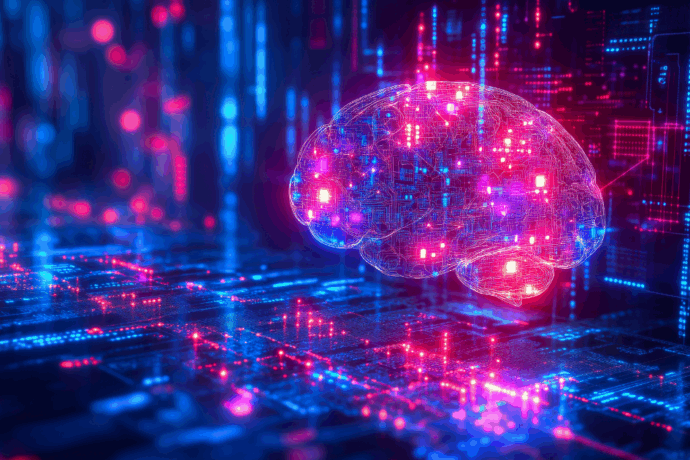
Compound intelligence refers to systems where multiple AI tools collaborate, each handling a specific part of a task chain.
Take the example of a digital marketing workflow:
- Research AI gathers trending keywords and competitors.
- Content AI drafts blog outlines.
- Image AI generates visuals that match brand colors.
- Optimization AI edits for readability and tone.
- Analytics AI measures conversion rates and provides insights.
No single model manages this. Instead, five or six specialized tools communicate through APIs, automating what once took an entire team.
Directories like AIMarketCap are critical in this new era. They help professionals discover compatible tools, compare capabilities, and build interconnected ecosystems. Without such directories, navigating the sheer variety of AI tools would be like trying to code without GitHub.
The Hidden AI Workforce Behind Startups
Another layer of the AI economy is its impact on entrepreneurship. The number of one-person startups and micro-SaaS businesses has exploded – and AI is the reason why.
A solo founder today can:
- Use an AI coder to build MVPs.
- Use AI UX generators for UI prototypes.
- Use AI SEO and writing assistants for marketing.
- Use AI analytics dashboards for performance tracking.
Essentially, one person can run what once required a 10-member team.
This democratization of business creation has lowered entry barriers and accelerated innovation. Many successful startups today are not “AI companies” per se – they’re businesses powered by AI tools they didn’t even build themselves.
The Problem ─ The AI Jungle
However, there’s a catch.
With thousands of tools emerging every month, the AI landscape has become a digital jungle – chaotic, overlapping, and often misleading.
New users face several challenges:
- Duplication: Multiple tools claiming to do the same thing.
- Unverified performance: Hype often exceeds capability.
- Data privacy risks: Some tools collect sensitive information.
- Lack of interoperability: Not all tools play nicely together.
That’s where curation platforms like AIMarketCap bring order to chaos. By indexing verified AI tools with descriptions, categories, and links, they help users filter the noise and make smarter decisions.
Just as the App Store did for mobile apps, these directories are becoming foundational infrastructure for the AI economy.
Data ─ The Currency of the Hidden AI Economy
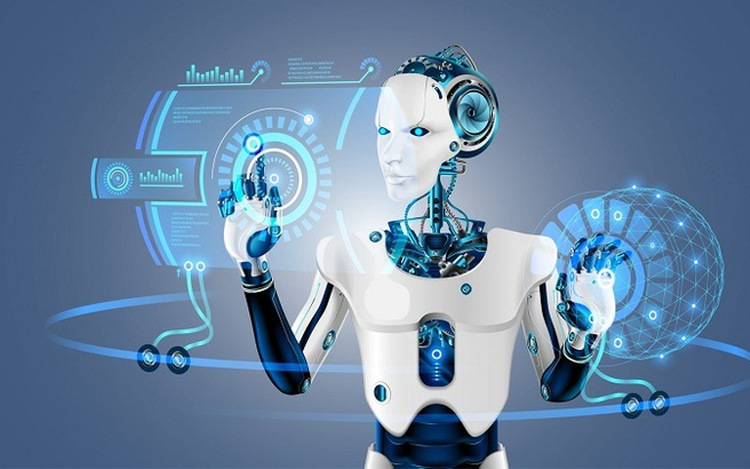
Every AI tool depends on one thing – data.
But as more small tools collect user inputs, images, text, and behavioral patterns, a silent data economy is taking shape. This raises important questions:
- Who owns the data once you use an AI tool?
- How do small developers ensure compliance with privacy laws like GDPR?
- Can AI models trained on user data become intellectual property themselves?
The future of the AI economy will depend on how transparently these questions are answered. Users are becoming more cautious, demanding better privacy policies and clearer terms of service.
In response, many responsible tool creators now emphasize “on-device processing” or anonymized training – ensuring your data never leaves your system.
When AI Tools Start Talking to Each Other
A fascinating new direction is AI interoperability – connecting tools so they can communicate automatically.
Imagine a future where your writing AI sends drafts directly to your image AI, which then notifies your posting AI to schedule the content on LinkedIn.
This level of automation isn’t far-fetched. With technologies like webhooks, Zapier, and API bridges, AI tools are beginning to operate as a decentralized network of intelligent agents.
The internet is gradually evolving into a self-organizing system – where AIs not only assist humans but also assist each other.
Beyond Hype ─ Building a Sustainable AI Ecosystem
As powerful as the AI economy has become, sustainability remains a major challenge.
Many tools fail after their initial hype because they lack:
- A solid monetization model.
- Continuous model updates.
- Customer support infrastructure.
Users, too, experience “AI fatigue” – overwhelmed by constant launches and half-baked solutions.
This is why discoverability, quality verification, and user reviews – all supported by directories like AIMarketCap – play such a crucial role. They ensure the AI landscape evolves toward reliability, not just novelty.
The Global Shift ─ From Silicon Valley to Everywhere

One of the most inspiring aspects of this AI micro-tool movement is its global nature.
The next generation of AI innovators aren’t all from California. They’re from Lagos, Bangalore, Warsaw, and Manila. Cloud computing and open-source models have eliminated geographic boundaries, allowing anyone with an internet connection to create a powerful AI product.
This decentralization is creating a more inclusive tech future – one where innovation flows from everywhere, not just a few elite centers.
What the Future Holds
The hidden AI economy is still in its early stages, but its trajectory is clear:
- Consolidation: Many tools will merge or integrate into unified ecosystems.
- Specialization: The surviving tools will dominate specific niches.
- Transparency: Ethical AI usage and clear data policies will become must-haves.
- Collaboration: Inter-tool communication will make workflows nearly autonomous.
Just like how small apps once became the foundation of the smartphone revolution, micro-AI tools are shaping the next evolution of the internet.
Conclusion
We often credit major companies for AI innovation, but the real transformation lies beneath the surface – in the thousands of small tools automating, optimizing, and reimagining everyday work.
This hidden AI economy is not just reshaping industries; it’s redefining what it means to create, collaborate, and compete in the digital era.
And as this ecosystem continues to expand, directories like aimarketcap.io will remain essential – helping people discover, compare, and connect with the right tools in a world where artificial intelligence is no longer a luxury but a layer of everything.

